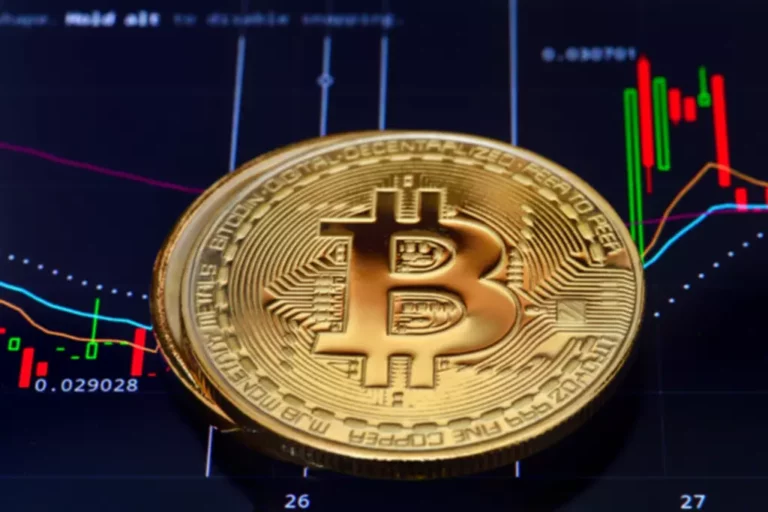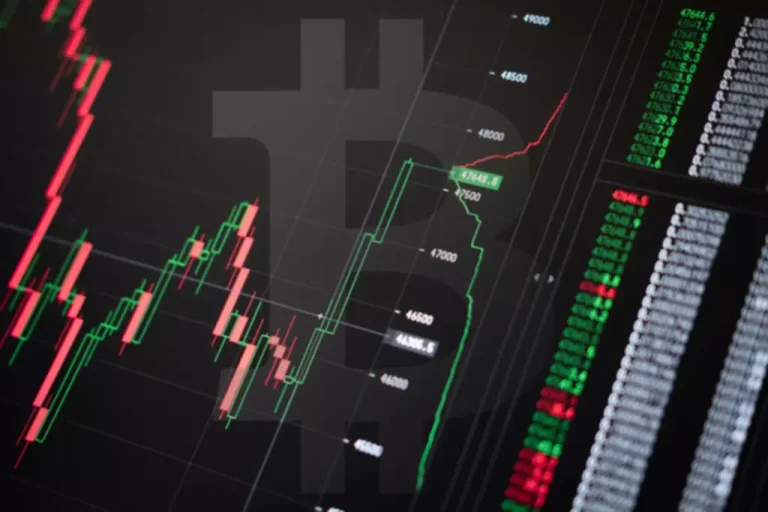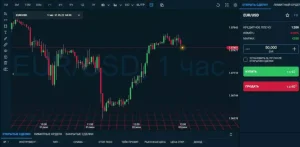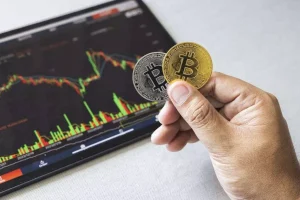Many have heard about crypto volatility but aren’t sure what the concept means. Volatility means how much the price of an asset has increased or decreased over time. The volatility is high if the asset’s price often moves up and down. If the asset’s price remains the same or fluctuates a bit, the asset’s volatility is low.
When it comes to crypto volatility, it’s high. There have been numerous times when the crypto market has crashed. However, some of the most popular cryptocurrencies, like Bitcoin and Ethereum, managed to bounce back.
Successful investors profit when they invest in a cryptocurrency with a low price. When the price increases, they make a profit. So, it seems that crypto volatility isn’t always bad; cryptocurrency offers great profits when invested correctly. We can also learn a few valuable things from crypto volatility, so keep reading our article.
Understanding market volatility
People consider high volatility a negative occurrence since it causes losses and uncertainty within the market. The situation worsens when traders try to sell assets to save their funds since such actions cause even more volatility.
During the infamous 2008 Financial Crisis, markets experienced this extreme volatility when traders didn’t know what to do since the situation was unpredictable. Back then, the Dow Jones Industrial Average (DJIA) collapsed by more than 777 points, which was the largest single-day decrease.
However, such situations are relatively rare. Daily volatility is moderate or healthy. The prices move according to the response from traders who keep an eye on economic news and other factors to act accordingly. So, the market is predictable.


Turnkey Brokerage Solution For Your Business
Get the most profitable fully licensed fx/crypto brokerage software or ready-to-operate business in 48 hours. Best-in-class web & mobile trading platforms, sales-driven CRM, full integration with MT4/5, and 150+ payment providers.
Volatility index
Traders analyze the market condition and then buy or sell assets depending on how they think the price will change. The volatility index (VIX) states that healthy volatility is between 12 (low) and 20 (high).
If the index increases above 20, it’s considered a case of extreme volatility. In August of 1990, during the recession, the VIX was 36.47. However, by the end of March next year, the VIX decreased to 16.49. During the 2008 crisis, the index reached 89.53 in October, but a year later, the index fell to 22.27.
But what are the causes of the perception of increased market volatility? Researchers have found that three main factors have influenced the index since the 1980s:
- Rapid news cycles encourage traders to move in and out of trades faster.
- The derivatives markets expansion. The emergence of these markets causes an indirect influence on spot markets.
- The emerging entrance of institutional investors since they conduct market-moving transactions.
Moreover, the globalization of markets also contributes to a higher volatility index. An event in one country can cause the VIX to increase. The cryptocurrency market has always experienced high volatility, and mentioned factors don’t make things easier for traders.

Understanding crypto market volatility
Everyone will agree that crypto volatility is on another level, given its price fluctuations. Moreover, there is no crypto volatility index to measure the situation on the market. However, even a regular person doesn’t need a crypto volatility tracker or an index to understand that price fluctuations within a crypto market are more extreme. We can look at historical data to see the numbers:
- In June 2011, the price of Bitcoin fell 99% from its high.
- In December 2013, Bitcoin’s value fell 50% from its high within just 24 hours.
- In 2016, Bitcoin’s increased by 125%, and by 2017 its value rose by 2,000%.
- Bitcoin experienced its peak just to fall in value by 84% from its high in 2018.
It’s easy to assume that cryptocurrency is a risky asset when you take a look at the high volatility crypto market data. However, investors and traders should view crypto volatility through the wider lens of speculative assets. They will see that crypto volatility is comparable to other assets, even some of the biggest equities worldwide.
For example, since Amazon’s announcement of IPO (initial public offering) in 1997, the mega-cap stock Amazon (AMZN) has experienced a double-digit reduction annually. Moreover, since its IPO, Amazon’s stock value has experienced a decline of more than 50% five times. Amazon’s stock price had a 90% decline twice since its IPO.
But if you look at the overall performance of Amazon’s stock, you’ll see a different picture. Amazon’s stock value experienced an incredible 114,028% total return since its initial public offering.
The crypto market works similarly. Take a look at the three or five-year returns for Bitcoin, and you will notice a significant growth rate. Another thing to consider when it comes to cryptocurrency is a fundamental change.
For example, the Bitcoin hash rate (or strength of the network) has reached an all-time high. Ethereum has switched to a Proof of Stake protocol since Proof of Work doesn’t seem to be sustainable in the long run. All these factors influence the value of said cryptos. Even in high volatility crypto markets, these assets should be more stable because of valuable changes.
Crypto volatility and investments
Undoubtedly, investors shouldn’t avoid crypto markets only because of high crypto volatility. But how do you invest in cryptocurrency, given its high volatility? Many beginners invest in crypto assets based on media attention. These individuals invest based on emotion or other people’s attention rather than on logical data.
During 2020 and 2021, GameStop (GME) stock value increased by 1,000% in a short period. The decision to invest wasn’t logical since GameStop didn’t announce any improvements to their products or releases of new exciting products.
So, logically, their stock shouldn’t have increased in value. However, traders hyped the stock on social media, such as Twitter and Reddit. As a result, the GME stock value increased.
The general rule is not to invest in speculative assets, such as cryptocurrency, based on manias, trends, or hype. Instead, investors must consider fundamentals and long-term conviction when seeking stock to purchase.
A speculative asset is one that may increase in value in the future. The most common examples of speculative assets are equities and cryptocurrencies. When traders want to invest in equities, they should look at the following metrics:
- price-to-earnings ratio (P/E)
- price to sales ratio (P/S)
- free cash flow (FCF)
- earnings reports
If you want to invest in a crypto asset, you should consider the following metrics:
- the project’s white paper
- tokenomics
- GitHub development activity
- on-chain analytics
These metrics give traders the necessary insights to make a proper decision. Even considering high crypto volatility, a trader can benefit from price declines to spot investment opportunities. However, it’s important to conduct thorough research and use mentioned metrics.
Even though asset price is an important metric for traders and speculators, it has become a detrimental factor for long-term believers and investors. Simply put, short-term fluctuations are common in crypto and shouldn’t be a deciding factor when investing.
If a project offers real-world use cases of crypto technology, it should continue to grow in the future. So, the stock value should increase in the long run despite temporary price fluctuations.






